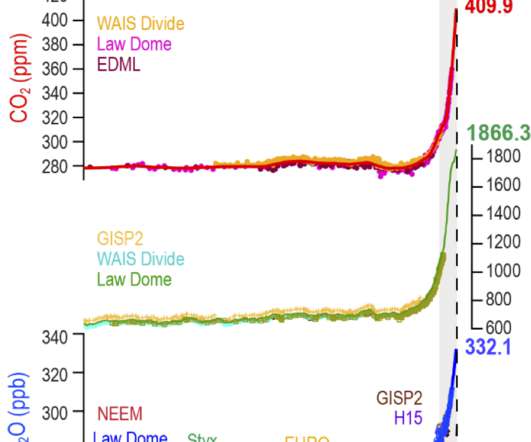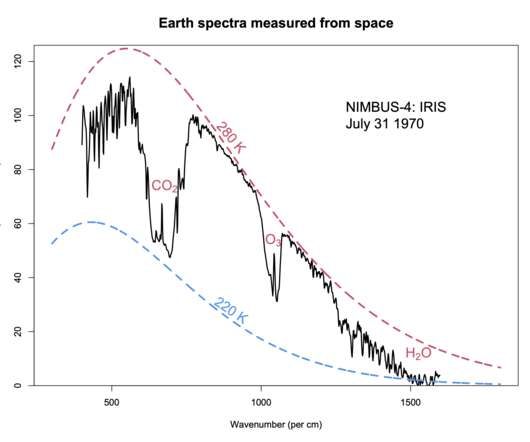The definitive CO2/CH4 comparison post
Real Climate
SEPTEMBER 19, 2021
but it inevitably brings forth a mish-mash of half-remembered, inappropriate or out-of-date comparisons between the impacts of carbon dioxide and methane. Thus despite the smaller concentrations and changes in methane compared to carbon dioxide, the impacts are comparable. ppm, a factor of more than 200 smaller).















Let's personalize your content